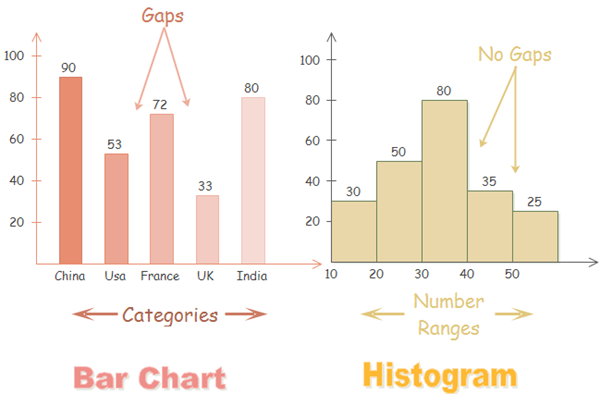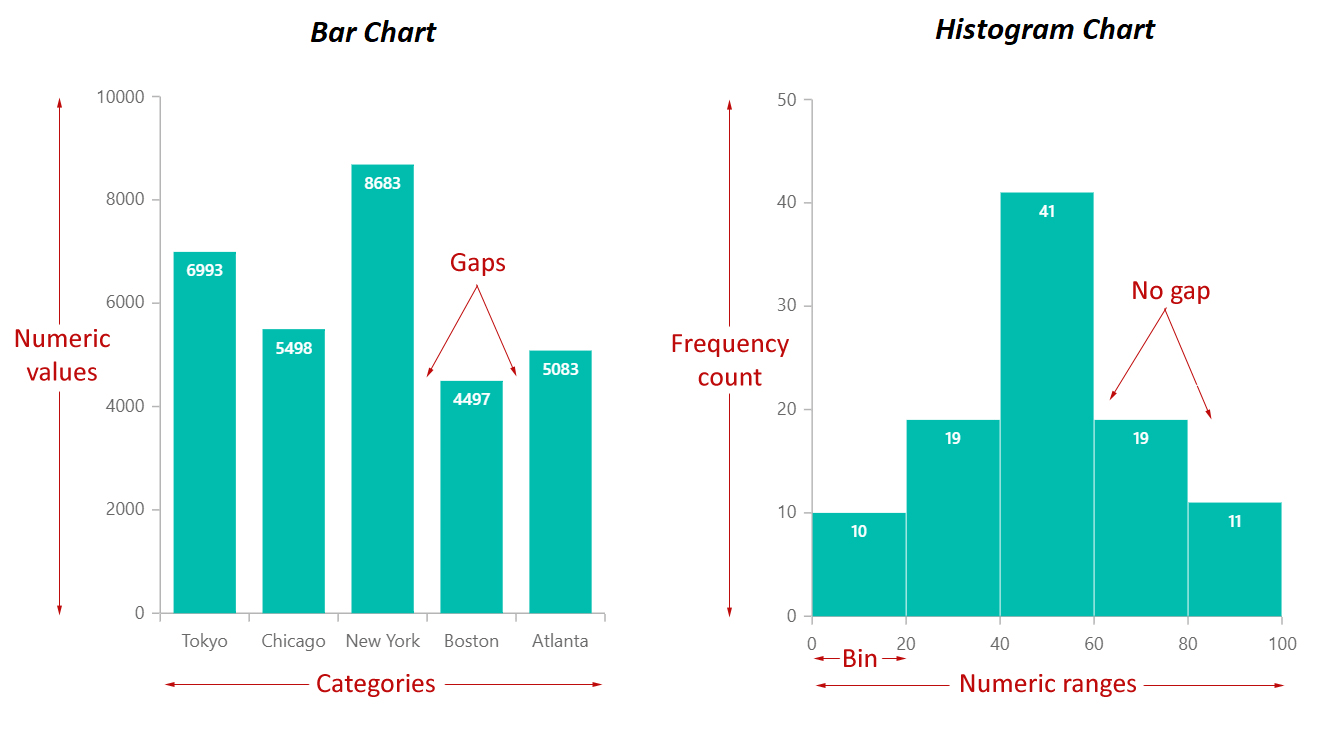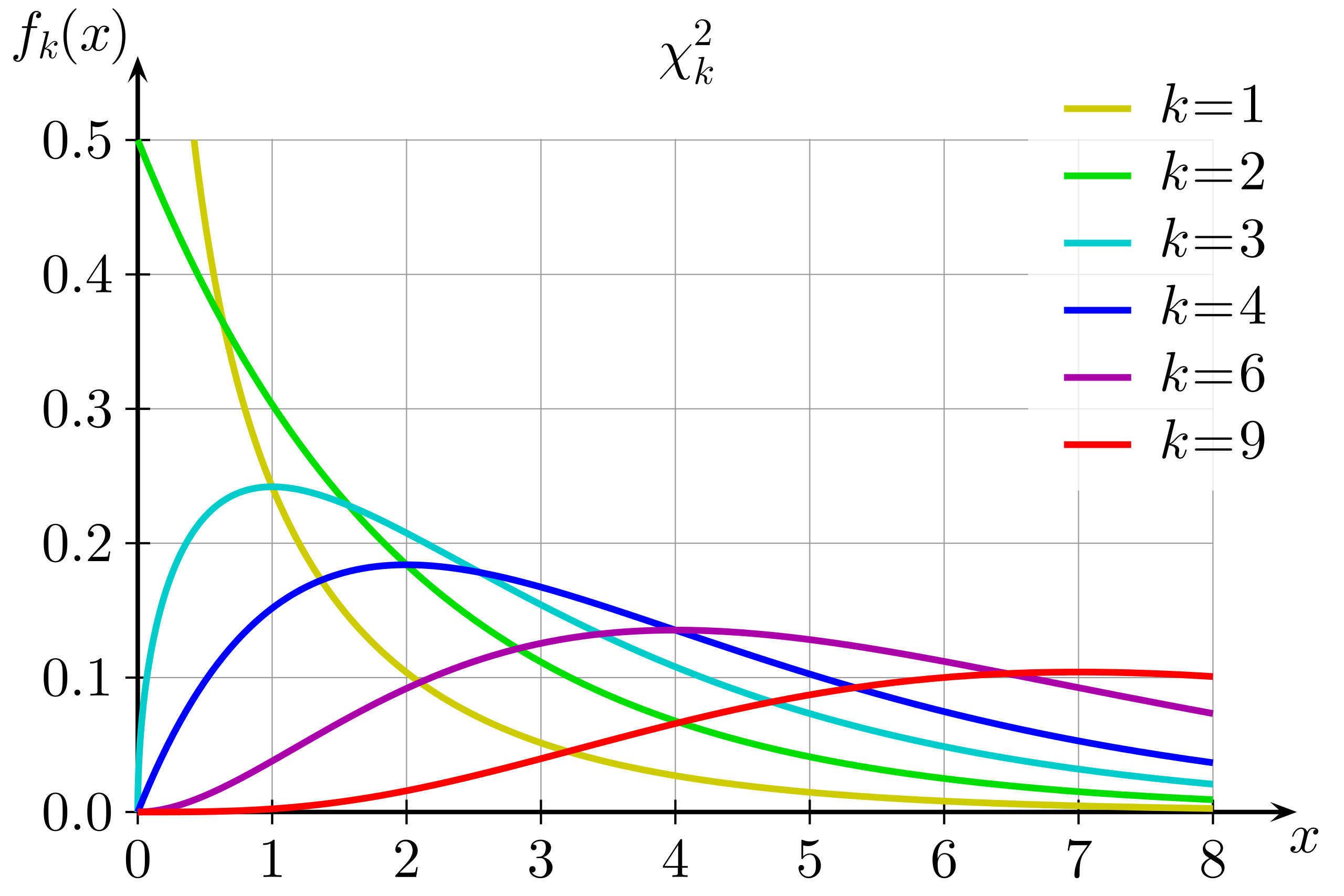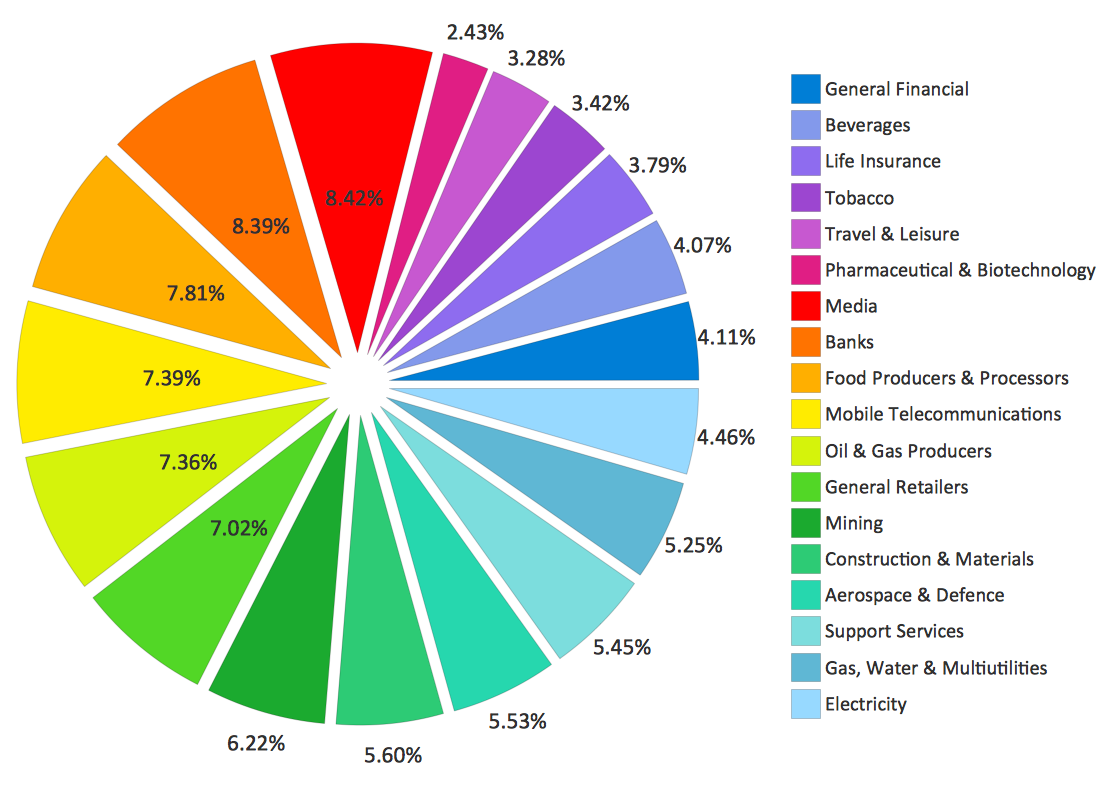Histograms vs bar charts
Table of Contents
Table of Contents
Do you ever wonder how data can be presented visually without making it boring? Bar chart or histogram might be the answer to that question. These two are types of graphs that have distinct differences in terms of structure and use. Both are popularly used in various fields such as business, research, education, and more. In this blog post, we will dive deeper into the world of bar chart or histogram and its importance.
The Pain Points of Using Bar Chart or Histogram
When you are trying to present data to an audience, it can sometimes become monotonous and uninteresting. Using traditional data tables can be overwhelming and make it harder to understand. Bar chart and histogram can help solve this problem by visualizing data in a manner that is easy to read and interpret. However, there might be instances wherein it is difficult to choose which graph is best to use for your specific data or message.
The Target of Bar Chart or Histogram
Bar chart or histogram’s main target is to present data in a clear, concise, and visually appealing manner. These types of graphs are used to show the frequency of data points in various intervals. Bar charts are usually displayed horizontally or vertically, while histograms are arranged vertically with no spacing in between the bars. In essence, these types of graphs are perfect if you want to display a comparison of a discrete set of data.
Why Bar Chart or Histogram is Important in Presenting Data
In today’s world where presentation is everything, bar chart or histogram plays a significant role in showcasing data. Displaying data in a graphical manner can help highlight the message you want to convey more effectively. The use of these graphs can make it easier for the audience to understand the data trends and patterns. Moreover, it can simplify the decision-making process, allowing you to make sense of complex and cumbersome data.
In a personal experience, a bar chart helped me demonstrate the sales performance of our company’s different branches in an annual report. The graph showed which branch generated the highest revenue and which branch needs improvement. This made it easier for the upper management to identify which areas need further attention.
The Key Differences Between Bar Chart and Histogram
The main difference between a bar chart and histogram is its use. Bar charts are used to compare different categories or groups. On the other hand, histograms are used to display frequency distribution. Another significant difference is its visual structure. Bars in bar charts have spacing between them, while bars in a histogram do not. Besides, bar charts are usually drawn in a vertical or horizontal orientation, while histograms are vertical in structure.
When to Use Bar Chart or Histogram
Knowing when to use bar chart or histogram is essential in effectively delivering your message. If you want to compare different categories or groups, a bar chart is your best option. For instance, if you want to compare the sales performance of different products, then a bar chart is perfect. However, if you want to display the frequency of data points, a histogram is the ideal choice. For example, if you want to display the results of a test score distribution, then a histogram can showcase the frequency distribution of obtained scores.
Advantages and Disadvantages of Using Bar Chart or Histogram
Like any other visual representation of data, there are advantages and disadvantages of using bar chart or histogram. One advantage is that it can easily display data comparisons and frequency distribution. It can also simplify the decision-making process and aid in data analysis. However, a disadvantage is that it cannot showcase changes over time or changes in data within different categories or groups. Moreover, if there are too many bars or categories, it can become difficult to read and understand.
Question and Answer
Q: Can you combine bar chart and histogram?
A: No, Bar chart and histogram are distinct types of graphs and should not be combined. A bar chart is used for comparisons, while a histogram is used for frequency distribution.
Q: What type of data is best suited for a histogram?
A: A histogram is best suited for continuous and quantitative data, such as test scores, income distribution, or height of individuals.
Q: How can I choose between a bar chart and histogram?
A: If you want to compare different categories or groups, a bar chart is the best option. If you want to display the frequency of data points within a range or interval, a histogram is the ideal choice.
Q: Can I make a horizontal histogram?
A: No, a histogram is usually displayed vertically, and it is not recommended to make it horizontal as it can make it hard to read and understand.
Conclusion of Bar Chart or Histogram
Bar chart or histogram is an essential tool in presenting data in a visually appealing manner. It simplifies the process of decision-making and aids in data analysis. While it has advantages, it also has disadvantages. Hence, it is essential to know when and how to use it effectively. Understanding the differences and advantages of these graphs can help you convey your message more effectively and efficiently.
Gallery
Histograms VS. Bar Charts

Photo Credit by: bing.com / bar between histogram difference graph charts chart vs histograms use comparison why main bars
What Is The Difference Between A Bar Graph And A Histogram [Solved]
![What Is the Difference Between a Bar Graph and a Histogram [Solved] What Is the Difference Between a Bar Graph and a Histogram [Solved]](https://d138zd1ktt9iqe.cloudfront.net/media/seo_landing_files/screenshot-2021-03-01-at-9-17-06-am-1614570481.png)
Photo Credit by: bing.com / histogram bar between graph difference differences chart basic thus seen
What Is The Difference Between A Histogram And A Bar Graph? - Teachoo

Photo Credit by: bing.com / histogram graph bar difference between teachoo last slide16
8 Key Differences Between Bar Graph And Histogram Chart | Syncfusion

Photo Credit by: bing.com / histogram bar chart between graph versus differences difference key representation elements syncfusion axis
Histograms | Solved Examples | Data- Cuemath

Photo Credit by: bing.com / histogram bar difference histograms data graph chart between examples differences calculate these





